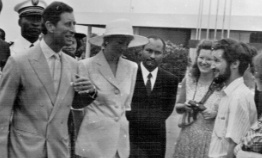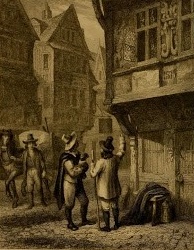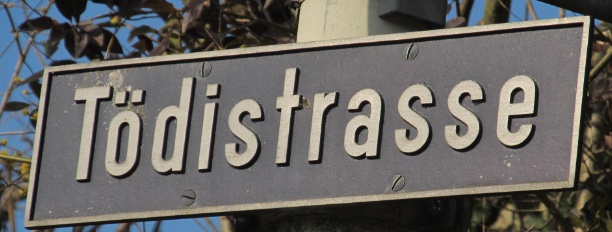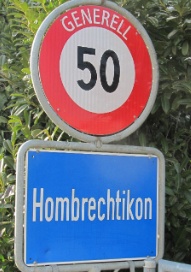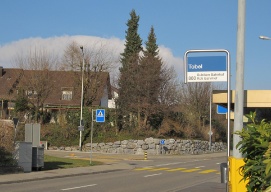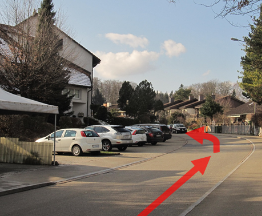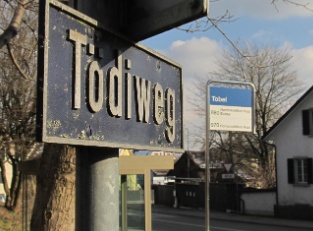July 2019
Saturday 20th July 2019
One giant leap year
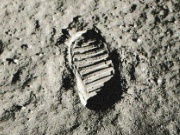
2019 is not a leap year in the normal sense of the term – 2019 didn’t have a 29th of February.
But in another sense we’ve been hearing a lot this year about one giant leap, because fifty years ago a man (Neil Armstrong by name) took one small step from the Apollo lunar module onto the dusty surface of the moon and proclaimed it one giant leap for mankind. The dramatic photograph of an astronaut’s footprint in the moon dust is there to remind us of that historic step.
I’m old enough to remember the moon landing on 20th of July 1969. It’s one of those significant historical events that we’re all supposed to remember and to be able to say where we were and what we were doing at the time. I was twelve years old then and at secondary school. However, I must admit that I can’t recall what I was doing on that day.
Did I watch it live on TV? Or did I see it on the next TV new bulletin? I can’t really remember.
What I can remember is seeing rather fuzzy pictures of astronauts floating around in their space capsule and hearing them exchange mysterious technical talk with mission control, punctuated by a loud ‘beep’ sound. And I can remember discussing it at school.
But otherwise the details of the event have become a bit fuzzy in my mind. As a result I decided to take advantage of this fiftieth anniversary to find out more about the Apollo program and whether it really was as a giant leap for mankind or just one giant hype.
I’ve been surprised to find that there was a lot that I didn’t know about the moon landing and what led up to it. Here are some of the insights I’ve gained.
But in another sense we’ve been hearing a lot this year about one giant leap, because fifty years ago a man (Neil Armstrong by name) took one small step from the Apollo lunar module onto the dusty surface of the moon and proclaimed it one giant leap for mankind. The dramatic photograph of an astronaut’s footprint in the moon dust is there to remind us of that historic step.
I’m old enough to remember the moon landing on 20th of July 1969. It’s one of those significant historical events that we’re all supposed to remember and to be able to say where we were and what we were doing at the time. I was twelve years old then and at secondary school. However, I must admit that I can’t recall what I was doing on that day.
Did I watch it live on TV? Or did I see it on the next TV new bulletin? I can’t really remember.
What I can remember is seeing rather fuzzy pictures of astronauts floating around in their space capsule and hearing them exchange mysterious technical talk with mission control, punctuated by a loud ‘beep’ sound. And I can remember discussing it at school.
But otherwise the details of the event have become a bit fuzzy in my mind. As a result I decided to take advantage of this fiftieth anniversary to find out more about the Apollo program and whether it really was as a giant leap for mankind or just one giant hype.
I’ve been surprised to find that there was a lot that I didn’t know about the moon landing and what led up to it. Here are some of the insights I’ve gained.
The vision
The vision for going to the moon came from President John F Kennedy. In May 1961 he made a speech vowing that America would put a person on the moon “before the decade was out”. President Kennedy wasn’t particularly motivated by a love of science and technology, but more by “the space race”.
The month before, in April 1961, Yuri Gagarin orbited the earth and so became the first person to travel in space. It made it look as though the Soviet Union was winning the space race. The Soviets were quick to draw the conclusion that Russian science was superior to American science and, therefore, communism was superior to capitalism. The Americans couldn’t just stand by and let that happen and so, spurred on by their charismatic President, they agreed to put big bucks into the space research.
The month before, in April 1961, Yuri Gagarin orbited the earth and so became the first person to travel in space. It made it look as though the Soviet Union was winning the space race. The Soviets were quick to draw the conclusion that Russian science was superior to American science and, therefore, communism was superior to capitalism. The Americans couldn’t just stand by and let that happen and so, spurred on by their charismatic President, they agreed to put big bucks into the space research.
The lunar module
When Armstrong and Aldrin landed on the moon, that day in July 1969, they were travelling in a very unusual spacecraft: the lunar module (LM).
The module was a very strange looking machine - not at all what you would expect a flying machine to look like. For one thing, it wasn’t in the least aerodynamic. But then, aerodynamics is irrelevant when you’re flying in a place where there isn’t any air.
The most famous lunar module was the one which was part of the Apollo 11 mission and which first landed humans on the moon, 50 years ago. It had the call sign Eagle. That name has gone down in history because of Armstrong’s historic radio message, “The Eagle has landed.” The eagle insignia which represented the Apollo 11 mission was designed by Apollo 11 astronaut Michael Collins.
Any aircraft that you or I have travelled in went through a lot of test flights before it was used commercially. But the LM was never test-flown on earth; it couldn’t have been. It was designed for use on the moon and simply could not have flown in the earth’s atmosphere and gravity. So when Armstrong and Aldrin steered the Eagle to a safe landing spot on the moon, they were the first people to have flown this kind of spacecraft.
I’ve just called the LM a spacecraft, which makes you think that it was a single machine. In fact it was in two parts. When the astronauts took off from the moon, they travelled in the top part of the LM, the ascent stage. The ascent stage separated from the lower part (the bit with the legs) which served as a launching pad.
In the Apollo 15 mission, the take off from the moon was filmed by a camera on the lunar rover. Something always puzzled me about that film. The ascent module seems to rise mysteriously from the launching pad as though by some form of levitation. No hint of fire and smoke. Now I've learned that there’s nothing mystical about it after all. Since there is no air on the moon, the ascent stage’s rockets propelled the craft upwards without causing any flames.
The module was a very strange looking machine - not at all what you would expect a flying machine to look like. For one thing, it wasn’t in the least aerodynamic. But then, aerodynamics is irrelevant when you’re flying in a place where there isn’t any air.
The most famous lunar module was the one which was part of the Apollo 11 mission and which first landed humans on the moon, 50 years ago. It had the call sign Eagle. That name has gone down in history because of Armstrong’s historic radio message, “The Eagle has landed.” The eagle insignia which represented the Apollo 11 mission was designed by Apollo 11 astronaut Michael Collins.
Any aircraft that you or I have travelled in went through a lot of test flights before it was used commercially. But the LM was never test-flown on earth; it couldn’t have been. It was designed for use on the moon and simply could not have flown in the earth’s atmosphere and gravity. So when Armstrong and Aldrin steered the Eagle to a safe landing spot on the moon, they were the first people to have flown this kind of spacecraft.
I’ve just called the LM a spacecraft, which makes you think that it was a single machine. In fact it was in two parts. When the astronauts took off from the moon, they travelled in the top part of the LM, the ascent stage. The ascent stage separated from the lower part (the bit with the legs) which served as a launching pad.
In the Apollo 15 mission, the take off from the moon was filmed by a camera on the lunar rover. Something always puzzled me about that film. The ascent module seems to rise mysteriously from the launching pad as though by some form of levitation. No hint of fire and smoke. Now I've learned that there’s nothing mystical about it after all. Since there is no air on the moon, the ascent stage’s rockets propelled the craft upwards without causing any flames.
Times have changed
Times have changed. The politicians and technicians kept talking about putting a man on the moon. Only later did the idea of women astronauts come about.
Times have changed too in our attitude to waste and the environment. The spacecraft that took off from Cape Kennedy in July 1969 was very big. All along its journey bits of it were abandoned, and I suppose they are still out there somewhere, including the lower stage of lunar module which now stands, where it landed fifty years ago in the Sea of Tranquillity.
Times have changed too in our attitude to waste and the environment. The spacecraft that took off from Cape Kennedy in July 1969 was very big. All along its journey bits of it were abandoned, and I suppose they are still out there somewhere, including the lower stage of lunar module which now stands, where it landed fifty years ago in the Sea of Tranquillity.
[There’s more to come here, I just haven’t had time to finish it yet].
Monday 22nd July 2019
Canal walking
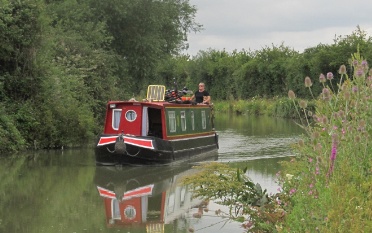
We’re on a walking phase of our holiday at the moment, walking along the towpath of the Kennet and Avon canal. In the era before rail transport this canal made it possible for goods to be transported all the way from the Thames estuary in the East to the port of Bristol in the West. These days it provides a leisurely way to travel to travel through picturesque countryside by narrowboat and mile after mile of exercise for walkers.
A flight of locks
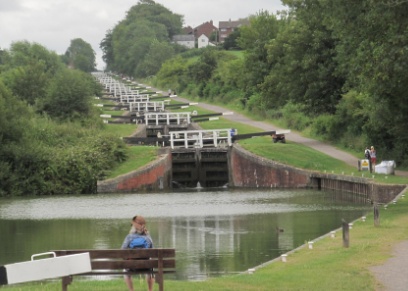
At one point the canal reaches a hill and has to drop by over 70 metres which it does over a series or “flight” of 29 locks, sixteen of them here at Caen Hill.
When I did last this walk back in the 1980s the locks were derelict and no boats could travel through. Now they have been repaired and you can (if you have plenty of time to spare) navigate all the way from London to Bristol.
When I did last this walk back in the 1980s the locks were derelict and no boats could travel through. Now they have been repaired and you can (if you have plenty of time to spare) navigate all the way from London to Bristol.
Front page story
Look back to 1665: the Plague Year
Contact
If you’re interested in English lessons or translation and checking services, please feel free to contact me in the language of your choice - English, French, German or even Lingala!
Here are my details:
Here are my details:
Mobile
078 609 56 51
+41 78 609 56 51
+41 78 609 56 51
Location
Tödistrasse 9, 8634 Hombrechtikon
(New address from 24th March 2018)
(New address from 24th March 2018)
If you are travelling from Rüti / Wolfhausen, drive past the Hombrechtikon place-name sign for about 300 metres and turn right into Tödistrasse, just before the Tobel bus stop.
Approaching from Hombrechtikon
If you are approaching from the centre of Hombrechtikon, follow the signs to Rüti. At the Tobel junction (the Methodist Church is on the left) turn left. Tödistrasse is the next turning on the left, just past the Tobel bus stop.
The entrance to our new flat is about 100 metres from the junction with Rütistrasse, on the left-hand side of the road.
The house number is number 9 and we are on the first floor.
There are a few visitor’s parking bays a short distance beyond the entrance, on the left.
There are a few visitor’s parking bays a short distance beyond the entrance, on the left.
Arriving by bus
If you arrive by bus from Bubikon, get off the bus at Tobel and follow Tödiweg until you get to Tödistrasse. Our house is on the right.


